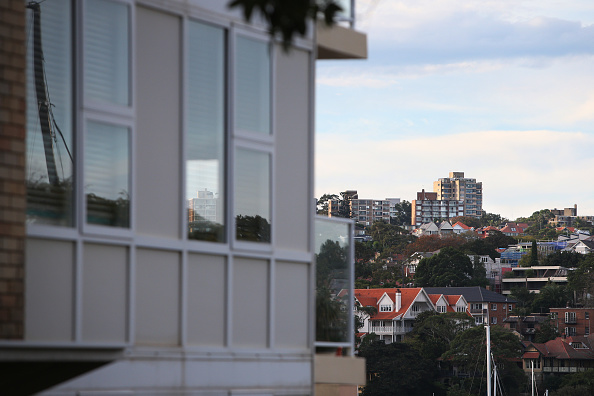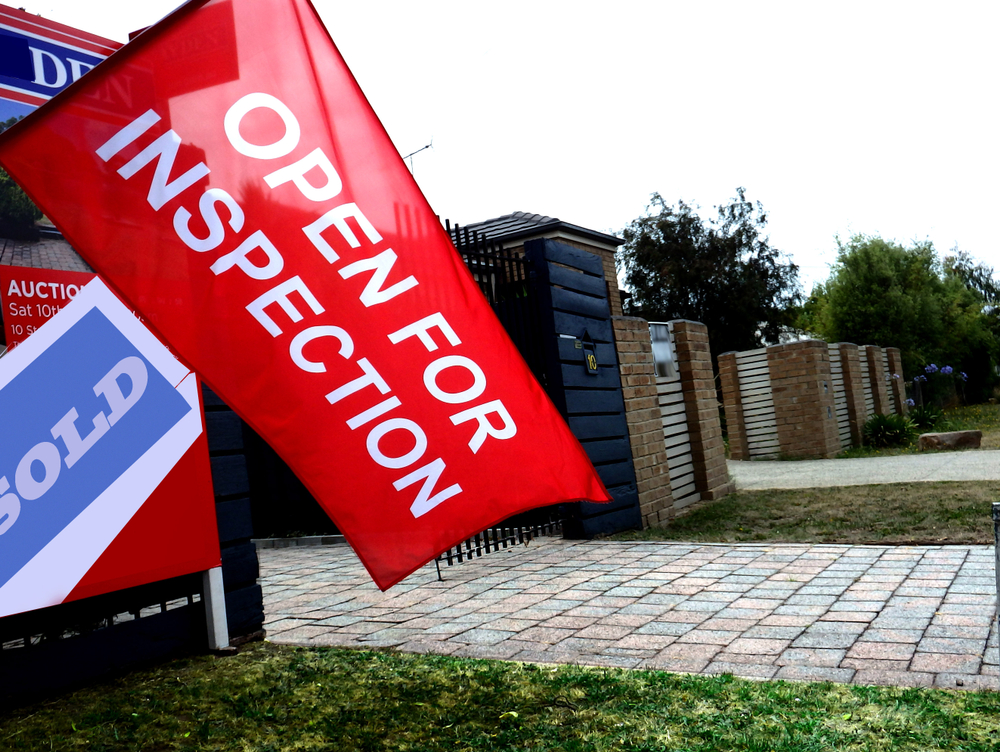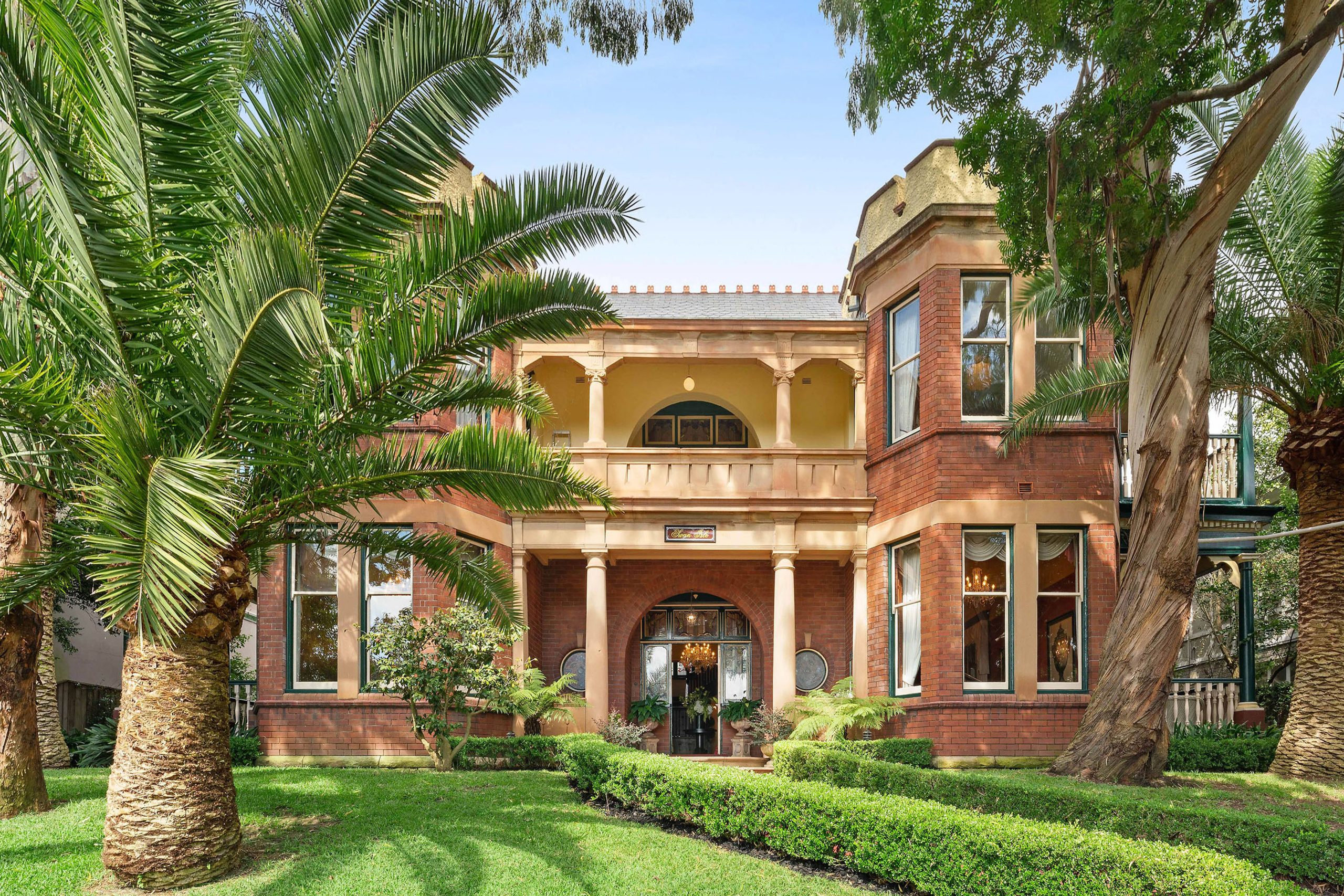What would another rate rise do to home values? It’s complicated
As talk of a rate cut before the end of the year quietens, another rate rise may be on the horizon
Australian home values rose by 8 percent over FY24 despite the impact of 13 interest rate rises between May 2022 and November 2023 putting immense strain on household budgets. A lack of supply of homes for sale amid strong buyer demand trumped the usual dampening effect of higher rates in FY24. Additionally, strong jobs and population growth coupled with relative affordability turbocharged home values in the two best–performing capital city markets of Perth and Brisbane, where median prices lifted 23.6 percent and 15.8 percent, respectively, in FY24.
CoreLogic’s head of research Eliza Owen notes that when interest rates began to rise in May 2022, there was a peak-to-trough 7.5 percent fall in the Australian median home price before a new growth cycle began in early 2023. Since then, there have been 17 consecutive months of growth. Property values in Sydney, Brisbane, Adelaide and Perth are now at record highs, having recovered all their losses in the downturn of 2022. Regional Queensland, South Australia and Western Australia are also at record-high median values.
“There are a few explanations for why housing values have continued to rise even as the cost of debt has risen, and borrowing capacity has eroded,” Ms Owen said. “Tight labour market conditions and an accumulation of savings through the pandemic have broadly underpinned mortgage serviceability, mitigating a need to sell as rates have increased, the construction sector remains squeezed, and unable to deliver a large backlog of dwellings, and strong population growth has increased demand for housing, both for purchase and rent.”
“The composition of buyers may also be propping up purchases, with higher deposit sizes indicating the current buyer profile may be less debt-dependent than when interest rates were at record lows,” she said.
Many first home buyers have higher deposits because of the Bank of Mum and Dad. Additionally, data from property settlement company PEXA shows one in four sales across the eastern states in 2023 were cash sales to buyers not purchasing with debt, who were therefore unaffected by higher mortgage rates. Such buyers included downsizing baby boomers and high-income earners and foreign investors in the prestige sector.
For most of this year, interest rate cuts have been anticipated due to falling inflation, which may have also stoked some buyer enthusiasm, Ms Owen said. However, recent data indicates inflation may be stickier than expected as it nears the Reserve Bank’s target band of two to three percent. As a result, some economists now expect at least one more rate rise to keep inflation on a downward course.
“Another rate rise would slow housing demand, and some cracks are already showing,” Ms Owen said. “Despite resilience in the headline numbers, there are some suggestions that demand is already weakening. Another 25 basis point rise in the cash rate in August, all else being equal, would take monthly repayments on the current median dwelling value to over $4,000 per month.
“Not only is this further out of reach for prospective buyers, it would likely also represent a further blowout in the premium of holding a mortgage relative to renting. The bigger that premium becomes, the weaker demand for purchases may become relative to renting, despite rent growth still sitting well above average.”
The Reserve Bank released the minutes of the board’s June meeting on Tuesday. In its deliberations, the board noted that the narrow path to returning inflation to target by 2026 “was becoming narrower” and recent economic data “reinforced the need to be vigilant to upside risks to inflation”. The board also noted that “the extent of uncertainty at present meant it was difficult to rule in or rule out future changes in the cash rate target”.
A divide has opened in the tech job market between those with artificial-intelligence skills and everyone else.
A 30-metre masterpiece unveiled in Monaco brings Lamborghini’s supercar drama to the high seas, powered by 7,600 horsepower and unmistakable Italian design.
Buyer demand, seller confidence and the First Home Guarantee Scheme are setting up a frantic spring, with activity likely to run through Christmas.
The spring property market is shaping up as the most active in recent memory, according to property experts Two Red Shoes.
Mortgage brokers Rebecca Jarrett-Dalton and Brett Sutton point to a potent mix of pent-up buyer demand, robust seller confidence and the First Home Guarantee Scheme as catalysts for a sustained run.
“We’re seeing an unprecedented level of activity, with high auction numbers already a clear indicator of the market’s trajectory,” said Sutton. “Last week, Sydney saw its second-highest number of auctions for the year. This kind of volume, even before the new First Home Guarantee Scheme (FHGS) changes take effect, signals a powerful market run.”
Rebecca Jarrett-Dalton added a note of caution. “While inquiries are at an all-time high, the big question is whether we will have enough stock to meet this demand. The market is incredibly hot, and this could lead to a highly competitive environment for buyers, with many homes selling for hundreds of thousands above their reserve.”
“With listings not keeping pace with buyer demand, buyers are needing to compromise faster and bid harder.”
Two Red Shoes identifies several spring trends. The First Home Guarantee Scheme is expected to unlock a wave of first-time buyers by enabling eligible purchasers to enter with deposits as low as 5 per cent. The firm notes this supports entry and reduces rent leakage, but it is a demand-side fix that risks pushing prices higher around the relevant caps.
Buyer behaviour is shifting toward flexibility. With competition intense, purchasers are prioritising what they can afford over ideal suburb or land size. Two Red Shoes expects the common first-home target price to rise to between $1 and $1.2 million over the next six months.
Affordable corridors are drawing attention. The team highlights Hawkesbury, Claremont Meadows and growth areas such as Austral, with Glenbrook in the Lower Blue Mountains posting standout results. Preliminary Sydney auction clearance rates are holding above 70 per cent despite increased listings, underscoring the depth of demand.
The heat is not without friction. Reports of gazumping have risen, including instances where contract statements were withheld while agents continued to receive offers, reflecting the pressure on buyers in fast-moving campaigns.
Rates are steady, yet some banks are quietly trimming variable and fixed products. Many borrowers are maintaining higher repayments to accelerate principal reduction. “We’re also seeing a strong trend in rent-vesting, where owner-occupiers are investing in a property with the eventual goal of moving into it,” said Jarrett-Dalton.
“This is a smart strategy for safeguarding one’s future in this competitive market, where all signs point to an exceptionally busy and action-packed season.”
Two Red Shoes expects momentum to carry through the holiday period and into the new year, with competition remaining elevated while stock lags demand.
A 30-metre masterpiece unveiled in Monaco brings Lamborghini’s supercar drama to the high seas, powered by 7,600 horsepower and unmistakable Italian design.
ABC Bullion has launched a pioneering investment product that allows Australians to draw regular cashflow from their precious metal holdings.


















